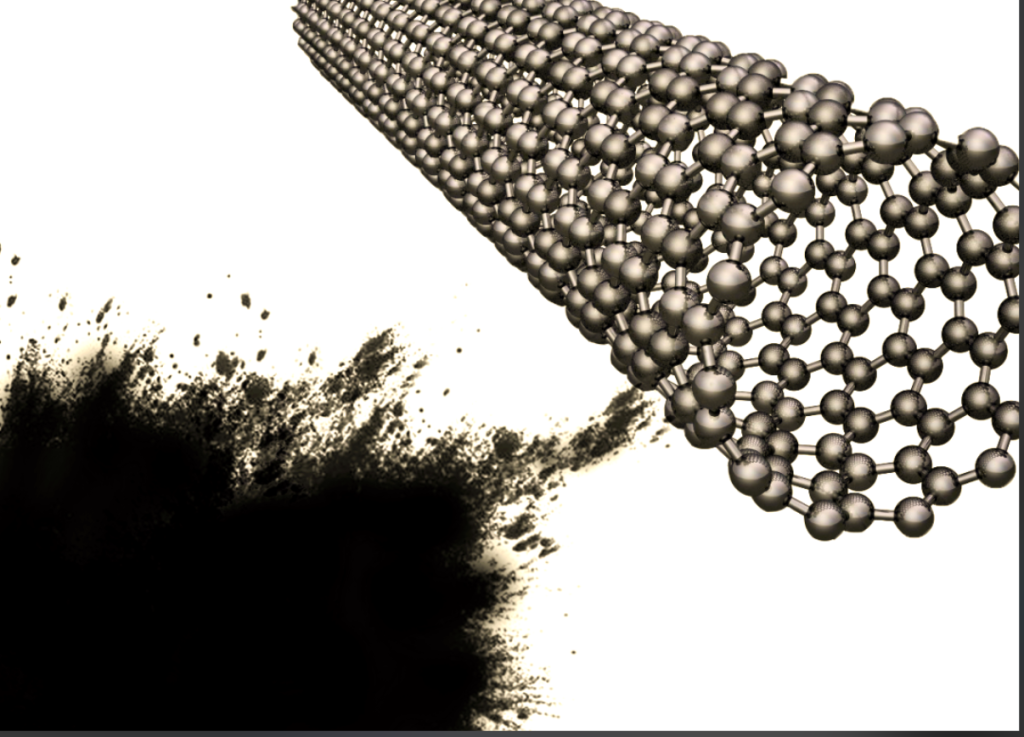CNTs in Next-Gen Supercapacitors: Unlocking High Power Energy Storage
As global energy needs expand with the growth of electric vehicles, renewable energy, and portable electronics, the demand for fast, efficient, and durable energy storage solutions has never been higher. Batteries dominate the energy storage landscape, but they face limitations in charging speed, cycle life, and power output.
Supercapacitors fill this gap by offering ultra-fast charge and discharge capabilities and millions of cycle lifetimes, making them an attractive choice for applications requiring quick bursts of power. However, their energy density has traditionally been lower than that of batteries, restricting broader adoption.

Enter carbon nanotubes (CNTs)—a nanomaterial with remarkable electrical conductivity, mechanical strength, and high surface area. By integrating CNTs into supercapacitor electrodes, researchers and industries are pushing supercapacitors into the next generation of high-performance energy storage devices.
Why Carbon Nanotubes for Supercapacitors?
CNTs possess a unique structure and properties that make them ideal candidates for advanced supercapacitors:
-
Exceptional Conductivity: CNTs create continuous conductive pathways, reducing resistance and allowing rapid electron transfer.
-
High Aspect Ratio: Their elongated, tubular shape maximizes surface area, enhancing ion adsorption and charge storage.
-
Mechanical Stability: CNT networks resist degradation during repeated charging/discharging, extending supercapacitor lifetimes.
-
Synergy with Other Materials: CNTs can be combined with graphene, polymers, and metal oxides to create hybrid electrodes with higher performance.
These advantages enable CNT-based supercapacitors to bridge the gap between conventional capacitors and batteries, achieving higher energy density while maintaining fast charging capabilities.
Applications of CNT Supercapacitors
1. Electric Vehicles and Transportation
-
CNT supercapacitors can provide instant energy bursts for acceleration and support regenerative braking, improving EV efficiency.
-
Hybrid energy systems pairing lithium-ion batteries with CNT supercapacitors allow both long-range energy storage and rapid power delivery.
2. Renewable Energy Storage
-
Renewable energy sources like solar and wind are intermittent.
-
CNT-based supercapacitors can store and deliver short-term fluctuations, stabilizing power grids.
-
Their ultra-fast response is vital for frequency regulation and load balancing.
3. Consumer Electronics
-
Smartphones, laptops, and wearables require quick charging solutions.
-
CNT supercapacitors can reduce charging time to seconds or minutes, offering users a seamless experience.
-
Their long cycle life reduces electronic waste and enhances sustainability.
4. Military and Aerospace Applications
-
CNT supercapacitors can withstand extreme temperatures, vibrations, and mechanical stress, making them suitable for defense, drones, and satellites.
-
They provide lightweight, reliable, and long-lasting energy storage solutions.
5. IoT and Sensor Networks
-
Many IoT devices need short bursts of power, not long-term energy storage.
-
CNT supercapacitors offer maintenance-free, decades-long durability for powering remote sensors and communication devices.
Performance Enhancements with CNTs
CNTs improve supercapacitor performance in multiple ways:
-
Higher Power Density – Rapid electron transfer allows quick energy release.
-
Improved Energy Density – Functionalized CNTs with porous structures enhance ion accessibility.
-
Cycle Stability – CNT-based electrodes endure over one million charge/discharge cycles with minimal degradation.
-
Hybrid Materials – CNTs combined with metal oxides (MnO₂, RuO₂) or graphene can dramatically increase storage capacity.
Recent Research Highlights
-
Vertically Aligned CNT Arrays: Improve ion diffusion and increase energy density.
-
CNT/Graphene Hybrid Electrodes: Combine graphene’s high surface area with CNT’s conductivity, resulting in record-breaking capacitance.
-
Flexible CNT Supercapacitors: Used in wearable electronics, offering foldable and stretchable energy storage solutions.
Challenges to Overcome
Despite their promise, CNT-based supercapacitors face hurdles:
-
High Production Costs – Scalable, low-cost CNT synthesis remains a challenge.
-
Purity and Consistency – Variations in CNT quality affect performance reproducibility.
-
Energy Density Limitations – Although improved, they still lag behind high-capacity batteries for long-term storage.
Addressing these challenges will be crucial for widespread commercialization.
Future Outlook
CNTs are poised to play a transformative role in next-generation energy storage. With advances in nanomanufacturing, electrode engineering, and hybrid material design, CNT supercapacitors could soon become mainstream in:
-
Electric vehicle systems (for acceleration and braking)
-
High-performance consumer electronics (fast-charging devices)
-
Decentralized renewable energy storage (microgrids and smart grids)
Their potential to deliver sustainable, durable, and fast energy storage makes CNTs a cornerstone of the global shift towards clean energy technologies.
Carbon nanotubes are revolutionizing supercapacitors, pushing them beyond traditional limitations. By combining exceptional conductivity, durability, and compatibility with hybrid systems, CNT-based supercapacitors are unlocking possibilities in transportation, electronics, renewable energy, and beyond.
As research progresses and manufacturing scales, next-generation CNT supercapacitors could become a critical link in building a sustainable, electrified future.

